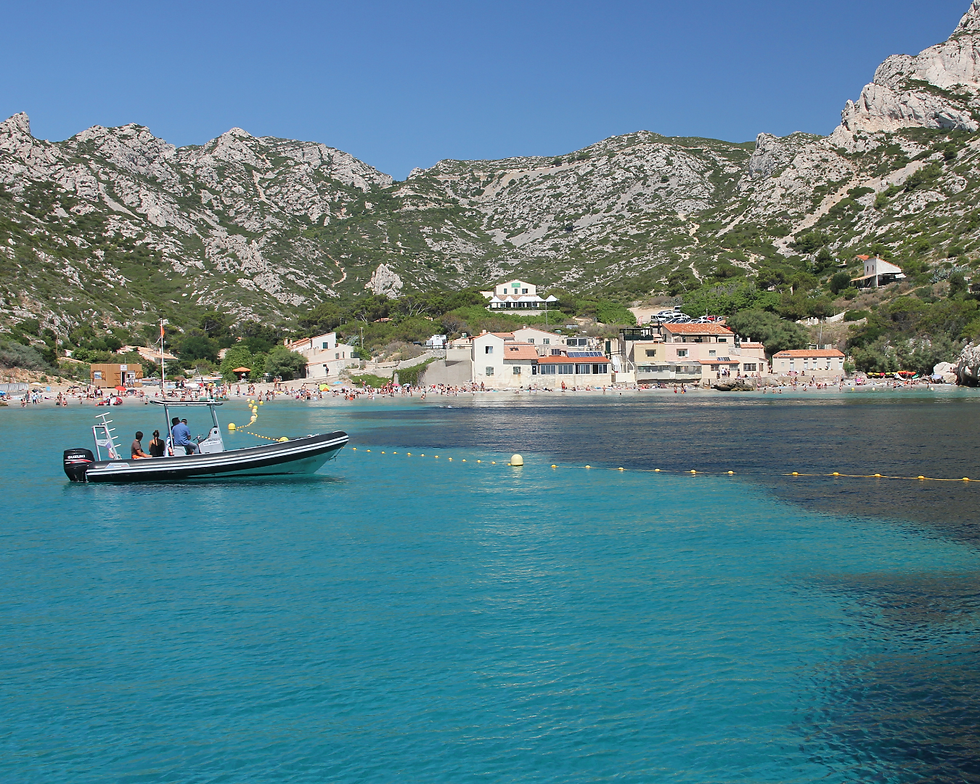Telling Stories Through Texture in Art
- Natalia C.

- 2 days ago
- 4 min read
There’s something irresistible about the surface of a crumbling wall or the coarse bark of an old tree. I remember walking through narrow streets of Valetta, Malta, where I was got impressed by different textures of the houses and their elements. A single wooden blue door stopped me in my tracks. I didn’t want to paint the house. I wanted to paint that door. That texture told more story than anything else around it. Artists often focus on color, composition, or light. But today, I want to celebrate something just as vital: texture in art — and how it helps us tell stories.
What Is Texture in Art?
In visual art, texture refers to the way a surface feels or appears to feel. It can be tactile (physically touchable, like carved stone or layered paint), or visual — where the illusion of texture is created through mark-making, contrast, and layering.
When we talk about texture in art, we mostly refer to implied texture — the kind that looks rough, smooth, soft, or sharp even when the surface is flat. Artists use marks, value shifts, and rhythm to mimic the qualities of the world around them: the roughness of tree bark, the delicacy of moss, or the shine of a polished floor. Texture speaks through suggestion. It doesn’t have to be photorealistic — just evocative.
Why Texture Matters in Art?
Texture does more than add visual interest. It creates atmosphere, evokes emotion, and gives the viewer a sense of presence in the scene. A cracked wall might hint at decay, nostalgia, or survival. Smooth water can feel calming — or eerie, if it’s too still. Texture helps guide the mood just as much as color or light.
It also works structurally. Texture can:
Draw the eye toward or away from certain areas. For example, a textured foreground can create a path into the artwork, while smoother backgrounds can suggest openness or air.
Create balance through contrast. Pairing a rough surface like a stone wall with a soft or flat area, such as sky or open ground, can help build compositional harmony.
Introduce rhythm through repetition. Rows of windows, vertical tree bark, or broken plaster lines can create a visual beat that moves the eye across the piece.
Texture becomes the narrator when words aren’t present. Everywhere we go, we’re surrounded by surfaces full of character — if we take the time to notice. Start by observing everyday materials: flaking paint on old doors or shutters reveal stories of time and weather, while worn floor tiles speak of footsteps and movement. Textures are often overlooked, but they are some of the richest visual languages available to us as artists.
Texture-Focused Composition: Letting the Surface Lead
Sometimes, texture isn’t just a detail — it becomes the subject. When there’s no clear object to focus on, surface variation becomes the star. Here are a few ideas to guide your composition when texture takes the lead:
Zoom in: Crop close to isolate texture — like the bark of a tree, a corner of peeling paint, or the intricate web of dry grass. Removing context can help the viewer focus on the surface story.
Use lighting: Side light enhances texture dramatically. Shadows will emphasize the depth of cracks, grooves, or wrinkles, making surfaces like stone, bark, or brick come alive.
Look for rhythm: Repetition in texture — like tiles, cracks, bricks, or woven surfaces — creates movement. Use it to lead the viewer’s eye across your image.
Simplify elsewhere: Let one area carry the detail. If one part of your piece is rich in texture, quiet down the surrounding space. This contrast draws attention and avoids chaos.
Texture, when well-composed, has the power to hold a viewer’s attention even in the absence of traditional focal points.
Masterpieces That Show Texture as Story
As usual, let's see some of the masterpieces and what we can learn from them.

This quiet, observational piece from John Constable may not grab headlines, but it shows Constable’s incredible respect for nature’s surface language. Rather than romanticizing the whole tree, he invites us to zoom in and really see. The bark is rendered with a sensitivity that honors its wrinkles, cracks, and knotted growth. In doing so, Constable turns a fragment of the landscape into a self-contained story, full of age and dignity. You can almost feel the rough texture through the page.

Van Gogh transforms architectural elements into emotional language. The stonework, roof tiles, and meandering paths of the church shimmer with motion, achieved through directional strokes and vivid contrasts. The texture doesn’t simply describe the church — it animates it. Each mark expresses Van Gogh’s internal response to what he saw, making the church feel alive, weathered, and full of spiritual resonance. The textured brushwork becomes the emotional skin of the structure.
In a world so saturated with images, sometimes it’s the silent surfaces that speak loudest. Texture in art is how we whisper stories into stone, wood, or earth. It's how we invite the viewer to not just look — but to feel.
So the next time you’re choosing a reference photo or sketching from life, ask yourself: What texture here is telling the story? What does this surface feel like — and how can I show it without overexplaining? To practice this skill, I have already prepared some references for the next weekly challenge, which will be posted tomorrow. Sign up for the newsletter to get the details the first! 😉



Comentarios